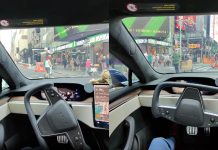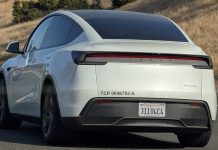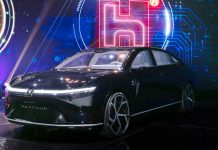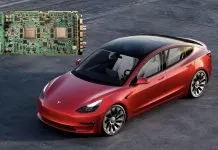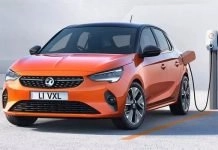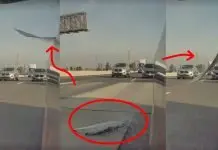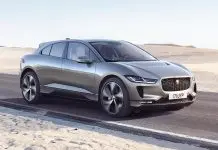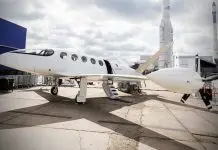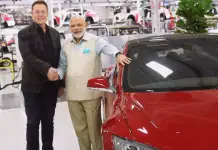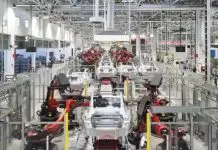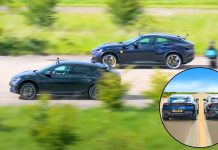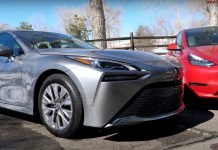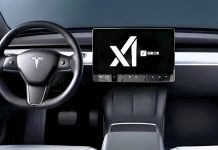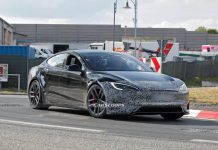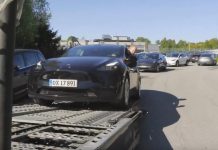We are getting closer to seeing the much-hyped Tesla Robotaxi hit the streets. Since the last spotting, there has been a new and informative encounter in California, which is confirmed to be released this weekend. Tech enthusiasts and observers were quick to point out one very peculiar and innovative feature in the most recent prototype, a unique windshield wiper pattern, unlike what is available on any Tesla car at present, or any other vehicle in the world.
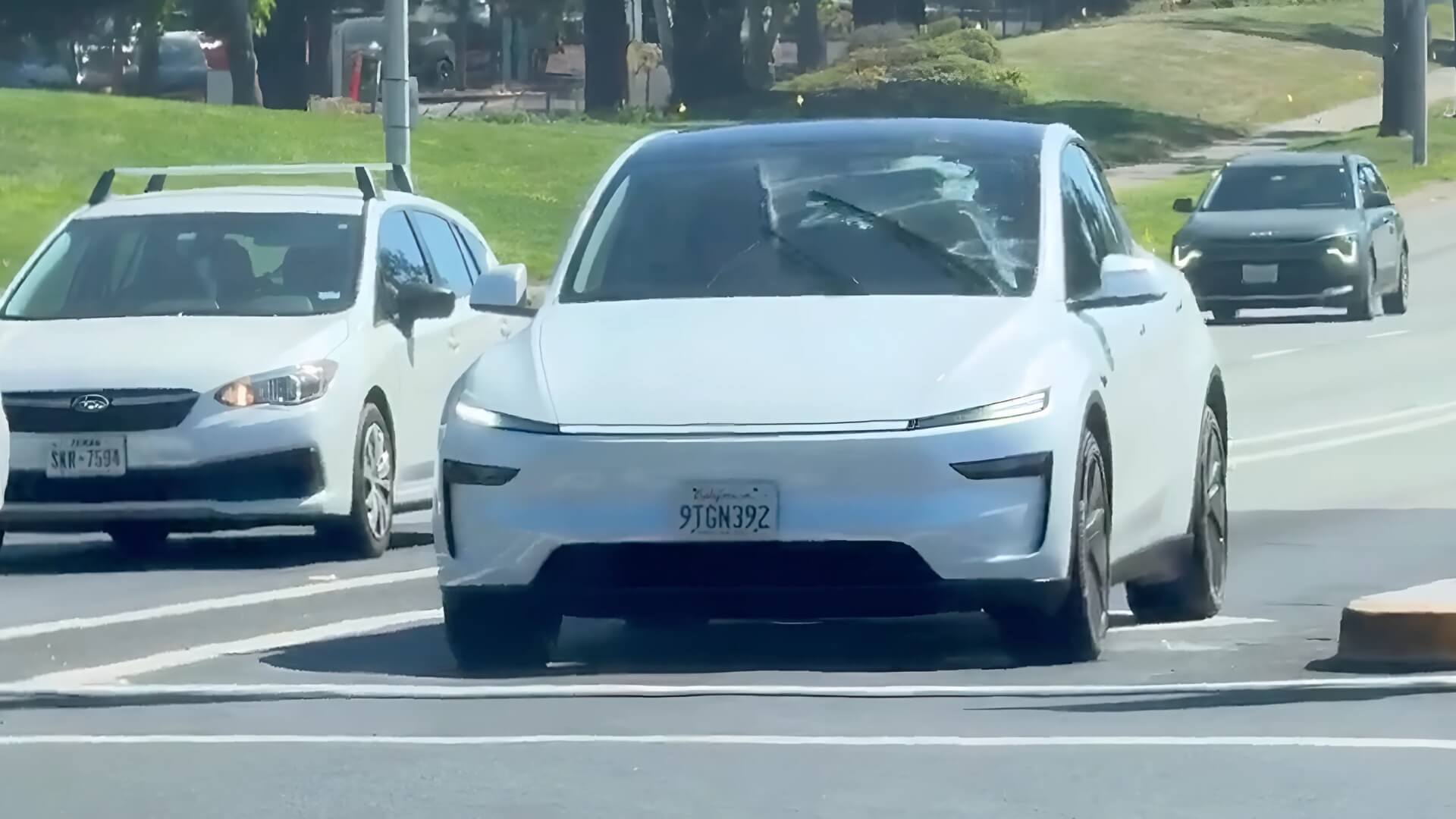
Is it a New Age of Windshield Innovation?
This week, a Robotaxi, one of the models that are part of Tesla’s vision of an all-autonomous ride-hailing fleet, was seen cruising through Palo Alto. Multiple onlookers recorded the scene on video, where there is only one long sweeping wiper blade mounted on the center of the windshield. This wiper works on a broad, semi-circular sweep instead of the side-to-side movement or the dual arms movement that is common.
This aesthetic replicates, along with Tesla’s pending patent to develop a so-called laser blade or electromagnetic wiper system with the least mechanical complexity that has the most coverage of surfaces. Although the model being used in California is not laser-based, but rather appears to be a machine, the pattern indicates a massive redesign in how the visibility is sustained, particularly in cars that do not need the human driver sitting at the wheel.
if not robotaxi, why robotaxi wipe? pic.twitter.com/fCDsLANdzh
— The Kilowatts 🚗⚡️ (@klwtts) July 28, 2025
Designed for Autonomy
The windshield wiper design is not only an ornamental design. The experts in the industry consider that it is an indication of the focus of Tesla on safety and the accuracy of its sensors. The completely self-driving cars depend considerably on cameras and sensors installed behind the windshield. Any hindrance, such as rain, dust, or debris, might hinder their interpretations of the environment in the right way.
Also, the bigger and cleaner sweep region decreases the chances of blind spots that can affect the computer vision processing. The Full Self-Driving (FSD) suite, offered by Tesla and that runs the AI navigation and decision-making of the Robotaxi, must be provided with impeccable eye-feed so that it can make on-the-spot decisions without blemish.
Regulatory and Public Testing
A test of the California roads with ordinary people shows that Tesla has come a long way, both in software and hardware integration. However, the Robotaxi marks a step toward full autonomy, where drivers do not monitor the car as the company has been doing with its FSD features in beta mode to a large extent.
Nevertheless, it is not always easy to ensure compliance. The California Department of Motor Vehicles and the National Highway Traffic Safety Administration (NHTSA) have been closely following the developments made on autonomous vehicle testing, particularly those that are meant to be commercial-based.
What’s Next?
Tesla is also likely to provide further insight into this Robotaxi during its Investor Day in September. And until that time, glimpses such as this one are all we could get to examine the future of transportation.
It might not seem like much, but in autonomous driving land, the wiper design is potentially the smallest of the ice-berg of technology going into the making of what is likely to become the first mass-market self-driving car.
With Tesla, there is nothing that is not about innovation, though, as usual, it can be found in unexpected places, even in a windshield wiper motion.




